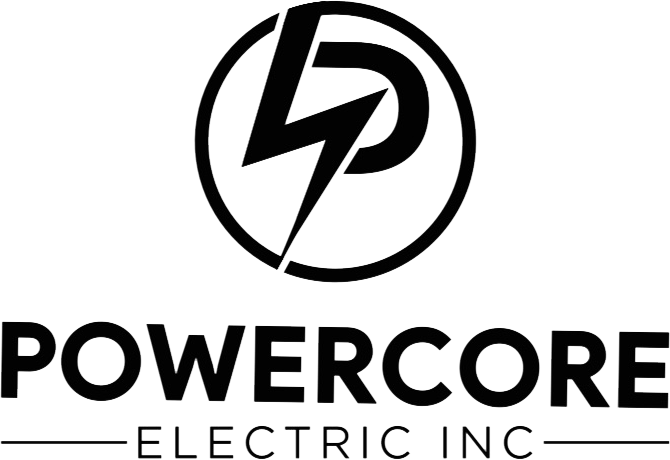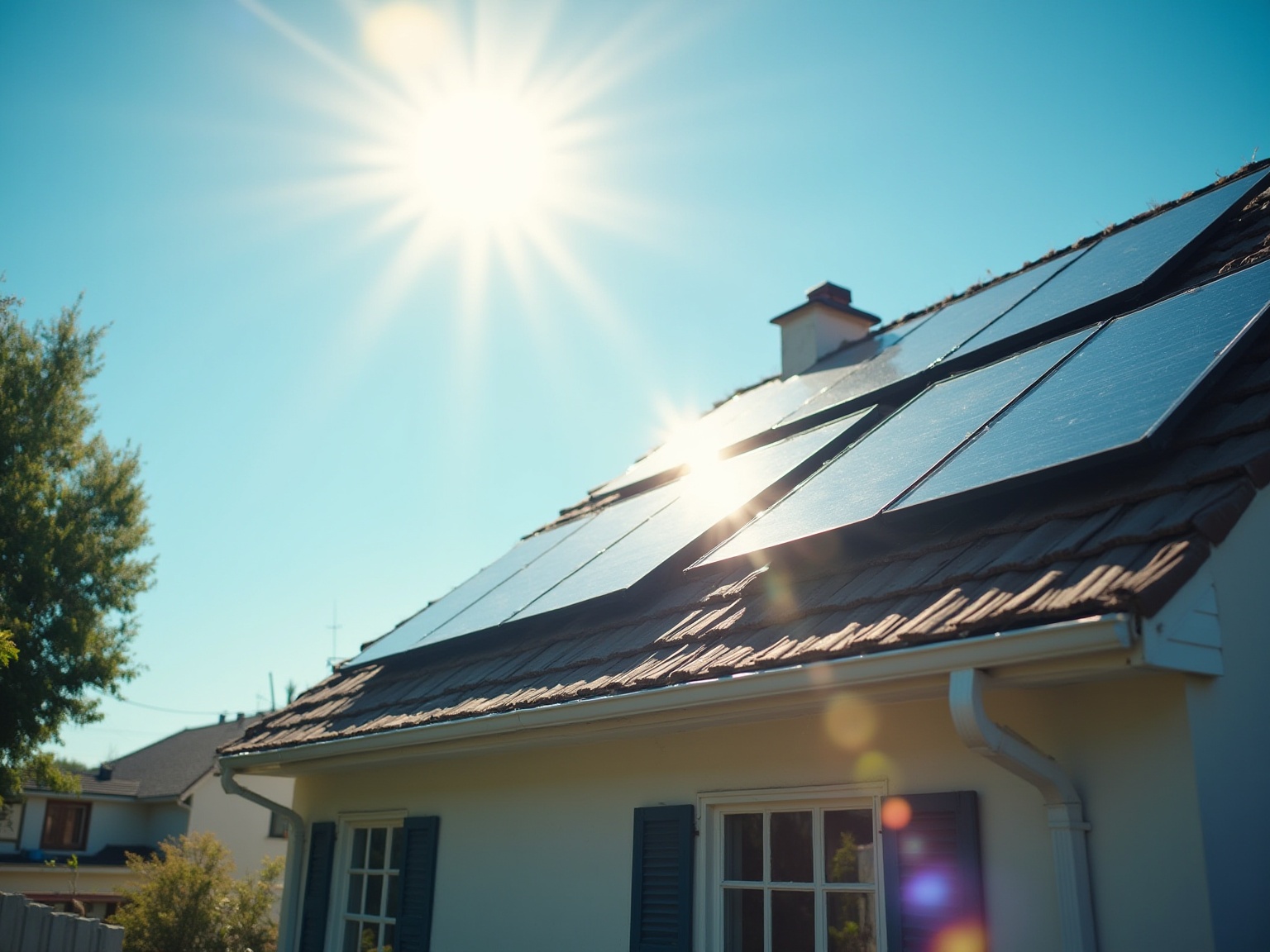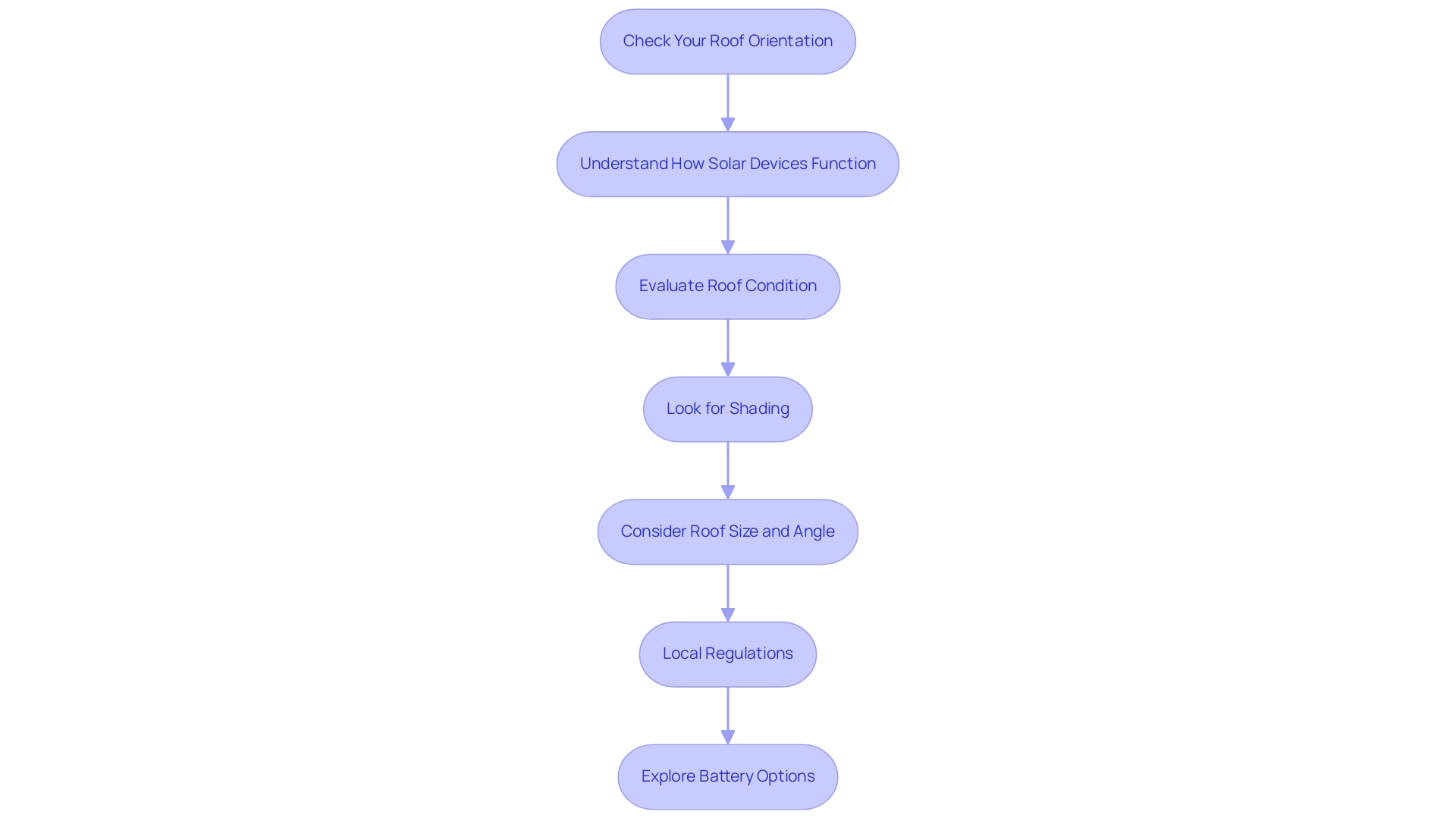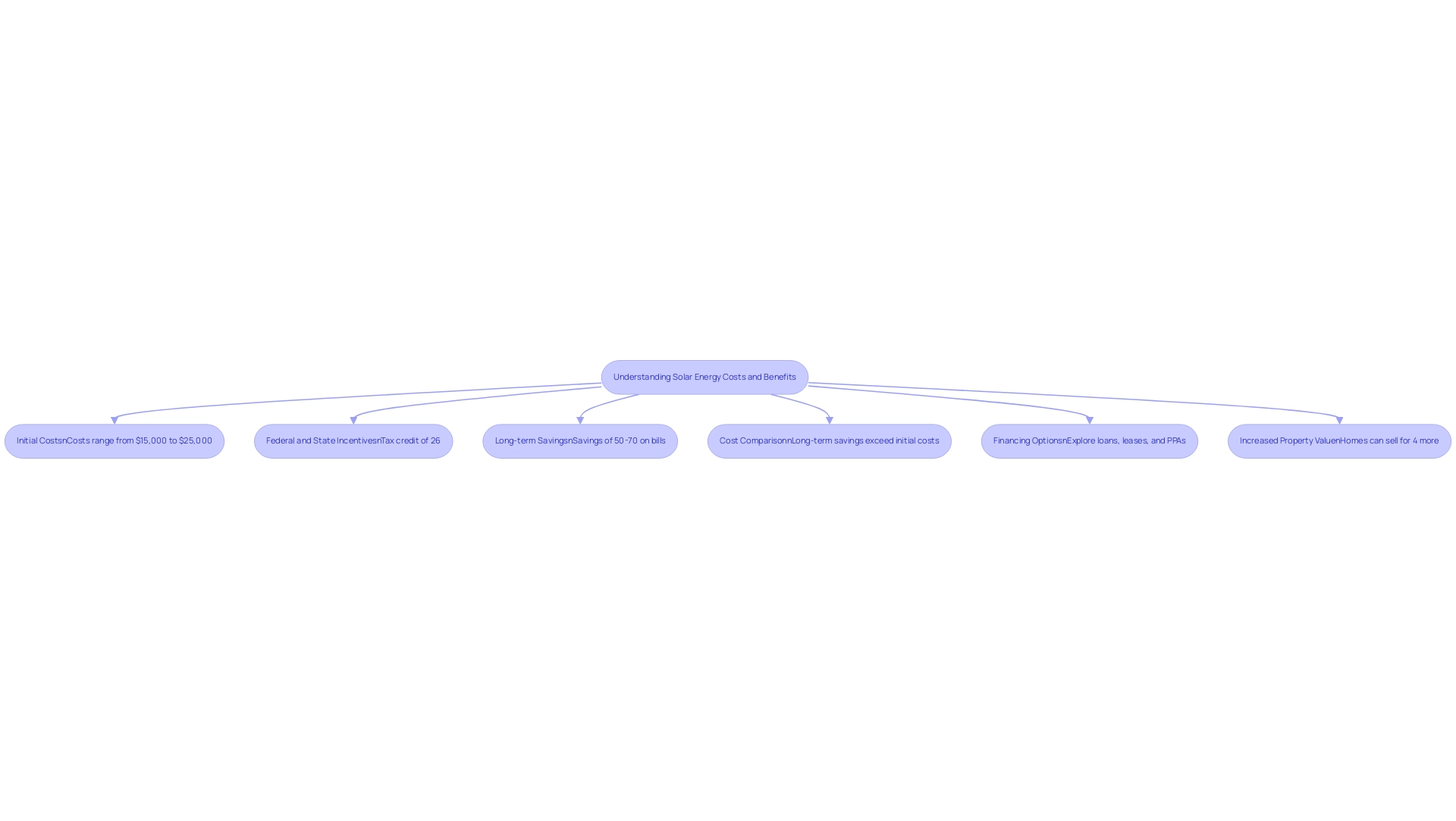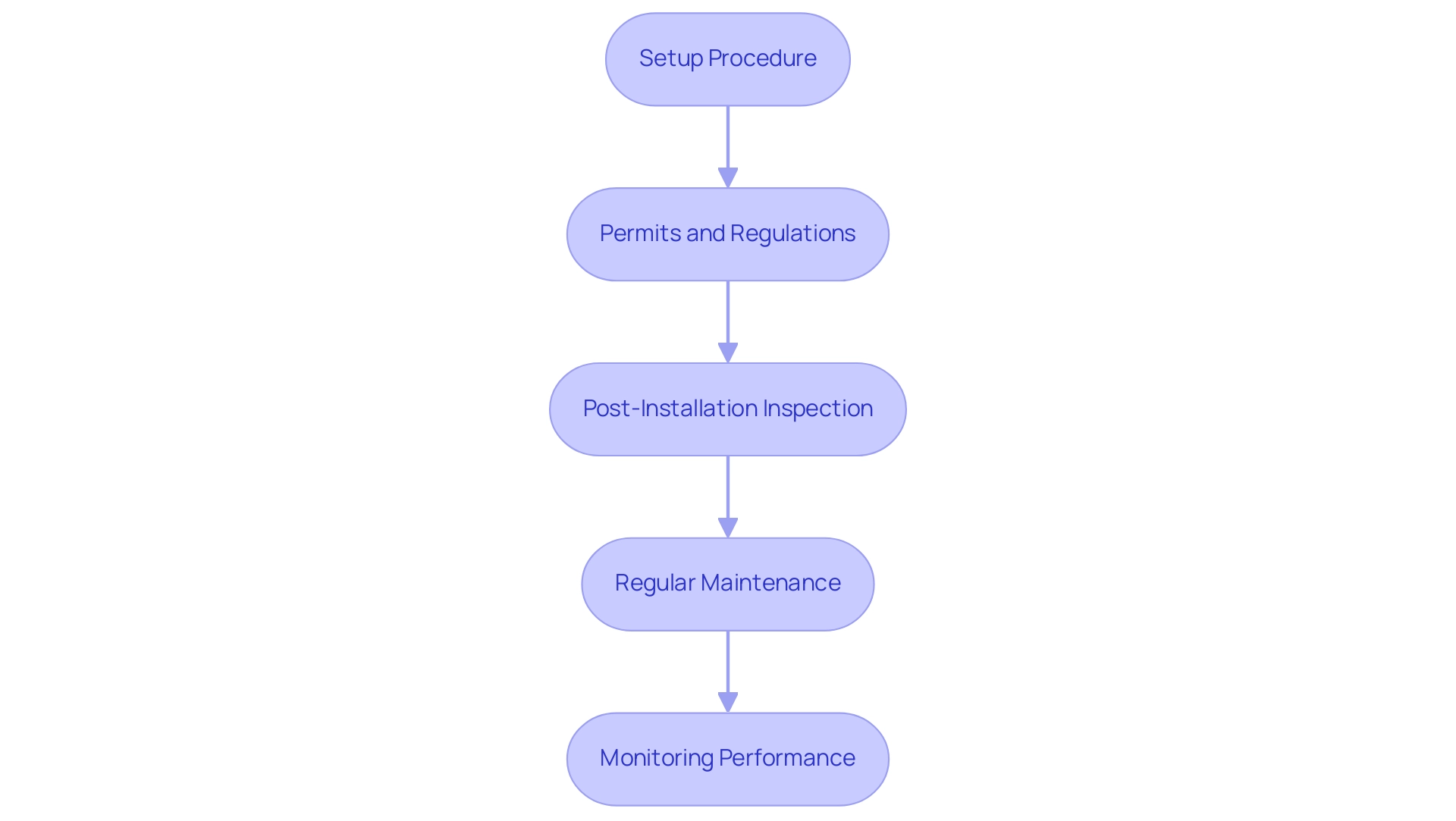Overview
Deciding whether to buy solar panels involves assessing your home’s suitability, understanding financial implications, and evaluating energy needs. The article provides a comprehensive guide that covers crucial factors such as roof orientation, condition, local regulations, initial costs, potential savings, and available technologies, ensuring homeowners are well-informed to make a sustainable investment.
Introduction
With the rising interest in renewable energy, many homeowners are considering solar panels as a viable option for reducing their energy costs and environmental impact. However, before making the leap, it’s essential to assess whether a home is truly suited for solar energy. From evaluating roof orientation and condition to understanding local regulations and energy needs, there are numerous factors to consider.
This comprehensive guide will walk homeowners through the crucial steps of determining their home’s compatibility with solar panels, exploring the financial benefits, and understanding the installation process. By the end, readers will be equipped with the knowledge needed to make informed decisions on their solar journey, paving the way for a sustainable and cost-effective energy solution.
Assessing Your Home’s Suitability for Solar Panels
To assess if your residence is suitable for photovoltaic systems, begin with a comprehensive inspection of your roof. Here’s a friendly guide to get you started:
- Check Your Roof Orientation: Ideally, your roof should face south or southwest. In sunny areas such as Long Beach, a southwest-facing array can yield an impressive annual output of 242 kWh/m². As energy expert Mohammad H. Naraghi observes, “Although the current study concentrates on three sites in the United States, CDDOP can be utilized for evaluating the orientation of photovoltaic systems and power output at any place worldwide.” If your roof faces east or west, don’t worry; you can still make it work, but the efficiency might not be at its peak.
- Understand How Solar Devices Function: Solar devices convert sunlight into electricity through photovoltaic cells. When sunlight hits these cells, it generates direct current (DC) electricity, which is then converted into alternating current (AC) electricity by an inverter, making it usable for your home.
- Evaluate Roof Condition: Before you dive into solar power, take a close look at your roof’s condition. If it needs repairs or replacement, it’s best to tackle those issues first. After all, you wouldn’t want to take down your new energy modules later for repairs!
- Look for Shading: Next, assess your surroundings for any trees, buildings, or structures that might cast shadows on your roof during those all-important peak sunlight hours. Even partial shading can considerably decrease your energy system efficiency, so it’s worth taking the time to check.
- Consider Roof Size and Angle: Ensure you have sufficient space for photovoltaic modules and that your roof’s angle is appropriate for installation. Flat roofs may require a different arrangement compared to sloped ones, which can affect your overall energy efficiency. The Climatic Data-Driven Optimization Platform (CDDOP) presents a novel method utilizing historical climatic information to enhance the orientation of energy collectors, ensuring maximum annual power generation.
- Local Regulations: Finally, don’t forget to check with your local government or homeowners association about any regulations or restrictions that might impact your panel installation.
- Explore Battery Options: Consider the best storage battery choices for effective power retention. Batteries can store surplus power generated during the day for use at night or on cloudy days, enhancing your independence and efficiency.
By following these steps, you’ll have a clearer understanding of whether you should buy solar panels for your home as a strong contender for renewable power. This groundwork will prepare you ideally for examining the financial advantages and possible savings associated with adopting renewable energy, particularly considering the financial effects of energy system orientation concerning peak demand and electricity expenses in different municipalities.
Understanding the Costs and Financial Benefits of Solar Energy
When contemplating the transition to renewable energy, especially when asking, should I buy solar panels, it’s essential to understand the costs and financial benefits involved. Here’s a friendly breakdown to guide you through:
-
Initial Costs: The average expense of installing photovoltaic panels usually ranges from $15,000 to $25,000 before any tax credits are applied.
These figures can fluctuate depending on the size of your system and the intricacy of the setup. To ensure you’re getting the best deal, don’t hesitate to obtain multiple quotes from reputable installers.
-
Federal and State Incentives: A fantastic way to reduce your upfront costs is by leveraging the federal tax credit for renewable energy, which allows you to deduct 26% of your installation cost from your federal taxes.
On average, this results in savings of approximately $6,545 for homeowners. Additionally, states like California offer extra incentives such as rebates and financing options that can further alleviate your initial expenses.
-
Long-term Savings: One of the most attractive features of renewable power is the potential to reduce your electricity expenses.
Numerous property owners indicate a decrease of 50-70% in their monthly utility expenses after installing photovoltaic panels. Over a span of 20 years, these savings can accumulate to a substantial amount, making it a wise investment for the future. For instance, a homeowner in California shared, ‘After transitioning to renewable energy, my electricity bill dropped from $200 to just $50 a month, which has made a huge difference in my budget.’
-
Cost Comparison: When evaluating renewable power costs against conventional electricity, homeowners frequently discover that the long-term savings from these alternatives significantly exceed the initial expenditure.
While traditional electricity rates can fluctuate, photovoltaic energy offers a more predictable cost structure, allowing homeowners to budget more effectively.
-
Financing Options: Exploring various financing options is crucial.
You might consider energy loans, leases, or power purchase agreements (PPAs), each of which comes with different implications for ownership and potential long-term savings. It’s worth taking the time to understand these options to find what works best for your financial situation.
-
Increased Property Value: Did you know that homes fitted with photovoltaic panels can often sell for a premium?
Research shows that photovoltaic setups can increase property worth by 4% or more, contributing an additional aspect of attraction to this investment.
-
Permitting Process: An important aspect of the installation process is the permitting stage.
Notably, 85% of installers using NREL’s SolarAPP+ software have found that it significantly eases this process, which can often be a hurdle for many homeowners.
Grasping the permitting criteria can assist you in better predicting the total expenses and schedule for installation.
By getting acquainted with these financial elements, you’ll be prepared to answer the question of whether you should buy solar panels for your residence, facilitating both savings and sustainability. As Ben Zientara, a Solar Policy Analyst, notes, ‘The 2024 report is our second annual publication, utilizing data from our survey about installer-preferred brands and featuring new data about stateside manufacturing capacity,’ further emphasizing the changing landscape of renewable sources.
Evaluating Your Energy Needs
Assessing your power requirements is a crucial first step when considering, should I buy solar panels? Here’s a friendly guide to help you through the process:
-
Review Your Utility Bills: Start by collecting your past utility bills to obtain a clear picture of your monthly power consumption in kilowatt-hours (kWh).
This will serve as your baseline for understanding how much power you typically use. Keep in mind, residential homes represent approximately 11.8% of total U.S. power consumption, and grasping your specific usage is crucial for planning renewable solutions.
-
Identify Seasonal Variations: Pay attention to any seasonal fluctuations in your power consumption.
For example, you might notice higher consumption in the summer due to air conditioning or in the winter as you rely on heating. Comprehending these patterns is essential for your energy planning, particularly given that 13.3% of the electricity produced is sold to the residential sector.
-
Calculate Your Peak Usage: Determine the times of day when your consumption peaks.
This insight can help you estimate the size of the solar system you’ll need to meet your highest demands, ensuring you’re covered when you need power the most.
-
Consider Future Changes: Think about any potential changes that might influence your power usage in the coming years.
Are you planning to add new appliances, purchase an electric vehicle, or expand your home? These factors can significantly affect your power requirements.
Once you have a clear grasp of your power requirements, you may wonder, should I buy solar panels, and should consult with an expert in renewable sources. They can help in creating a system customized to your specific needs, ensuring you maximize your investment.
As highlighted in numerous case studies, comprehending consumption trends can offer valuable insights into system sizing and efficiency.
Moreover, evaluate the best battery options for efficient storage, such as the Tesla Powerwall or LG Chem RESU.
These batteries can improve your photovoltaic system’s performance by storing surplus power produced during the day for use during peak periods or at night. By investing time to precisely evaluate your power requirements and investigating battery options, you will be better equipped to answer the question, should I buy solar panels, ensuring success with a system that offers adequate supply for your home.
Remember, according to expert Tony Mariotti, residential households represent approximately 11.8% of total consumption in the U.S., so understanding your personal usage is key to making informed decisions. Furthermore, insights from other energy experts suggest that evaluating your energy needs thoroughly can lead to more effective solutions, including the integration of Tesla home chargers and compliance with government programs such as the Federal Tax Credit, which can significantly reduce installation costs.
Researching Solar Panel Options and Technology
When diving into the world of solar panels, there are a few key areas to consider:
-
Types of Solar Panels: Start by familiarizing yourself with the three main types:
- Monocrystalline: These panels are champions of efficiency and are crafted from a single crystal of silicon. While they tend to be on the pricier side, their space-saving design makes them a favorite among homeowners with limited roof space.
- Polycrystalline: Made from multiple silicon crystals, these modules are generally less efficient than their monocrystalline cousins, but they come at a more budget-friendly price point, making them a popular choice for many.
- Thin-Film: If you’re looking for something lightweight and flexible, thin-film modules might be your answer. Although they are less efficient, they can be advantageous for unique installations or specialized applications.
-
Efficiency Ratings: Always check the efficiency ratings of the systems you’re considering. This rating shows how effectively a system converts sunlight into usable energy. The greater the efficiency, the fewer units you’ll require to energize your home, which can conserve space and reduce installation expenses. For example, researchers at NREL developed a photovoltaic cell with a record 39.5% efficiency in 2022, demonstrating the potential for high-performance alternatives.
-
Warranty and Lifespan: Don’t forget to look into the warranties offered by manufacturers! Most solar modules include approximately a 25-year warranty, but certain premium brands prolong this even more, providing you reassurance regarding your investment. As Catherine Lane, Written Content Manager at SolarReviews, notes, “Understanding the warranty is crucial as it reflects the manufacturer’s confidence in their product’s longevity.”
-
Installation Considerations: The installation process is crucial. Make sure to research the company’s experience with the specific panel type you choose. A skilled installer can make all the difference in ensuring your system operates at peak efficiency.
-
Reviews and Recommendations: Lastly, tap into the wisdom of your community! Reading reviews and seeking suggestions from other homeowners who have already made the leap into renewable energy can provide invaluable insights to help answer the question, should I buy solar panels? Remember, while efficiency ratings are important, factors like warranty, power output, and price should also be considered to make a well-rounded decision.
-
Photovoltaic Battery Backups: Consider investing in photovoltaic battery backups to ensure dependable power during outages and unfavorable weather conditions. They offer peace of mind and improve your independence from the grid, enabling you to store excess power generated during the day for use at night or in emergencies.
-
Government Programs: Explore government incentives and initiatives that can assist in reducing the initial expenses of panel setup. These programs frequently offer financial aid or rebates, making renewable solutions more accessible for homeowners.
-
Case Studies: Consider looking into real-world examples, such as Trina Solar’s N-type TOPCon cell, which achieved an impressive 25.9% efficiency. This case emphasizes progress in sunlight energy technology and the possibility for enhanced performance in future setups.
By taking the time to thoroughly explore your options and the latest advancements in energy technology, you’ll be well-equipped to make an informed choice that not only meets your energy needs but also aligns with your budget and sustainability goals. Don’t wait — take the first step towards a more sustainable life today! Get Your Free, Personalized Estimate.
Exploring Installation and Maintenance Requirements
When you’re preparing for the setup and upkeep of photovoltaic systems, considering a few crucial factors can significantly impact the outcome:
- Setup Procedure: Typically, the setup of photovoltaic panels requires between one to three days, based on the intricacy and dimensions of your system. Your installer will evaluate your roof and handle all necessary permits, ensuring that everything is in order before connecting your system to the electrical grid.
- Permits and Regulations: It’s crucial to understand that obtaining building and solar permits can take anywhere from 2 to 7 weeks based on your local regulations. A case study titled ‘Applying for Building and Solar Permits’ highlights that the process can vary significantly based on local regulations, emphasizing the necessity of proper permitting for legal and safe installation. Your installer will manage this paperwork, but having someone knowledgeable about your area’s requirements is key to avoiding any delays down the line. Additionally, as Nicholson notes, it can take more than a month for utility companies in California to approve an interconnection.
- Post-Installation Inspection: Once your system is installed, a local inspector will typically perform a check to confirm that your setup meets all safety and building codes. This step is vital for ensuring that everything is functioning as it should.
- Regular Maintenance: Solar surfaces are relatively low-maintenance, but keeping them clean and free from debris is essential. Consistently checking them for dust, dirt, or bird droppings can significantly improve their efficiency and power production. As highlighted by experts, even minor performance declines can accumulate over time, with data indicating that the median loss rate for photovoltaic system performance is 0.75% per year. Routine cleaning is beneficial, and for optimal performance, consider scheduling maintenance with professionals after cleaning. Innovative cleaning solutions can streamline this process, ensuring your panels remain in top condition. Remember, maintaining clean power surfaces not only boosts performance but also supports your goal of a more sustainable home.
- Monitoring Performance: Installing a monitoring system can be beneficial for tracking your energy production. This allows you to catch any potential issues early, ensuring that your system operates efficiently over the years.
By familiarizing yourself with these installation and maintenance requirements, you can pave the way for a smooth process and help your solar system run efficiently for years to come, contributing to a greener environment for you and your community.
Conclusion
Determining whether a home is suitable for solar panels involves several key considerations that can significantly impact both energy efficiency and financial savings. By assessing roof orientation, condition, and potential shading, homeowners can identify the best setup for their solar energy needs. Understanding local regulations and exploring battery options further enhance the viability of solar installations, ensuring that each household can maximize its energy independence.
Financially, the benefits of solar energy are compelling. With initial installation costs balanced by federal and state incentives, homeowners can make a sound investment that yields long-term savings on electricity bills. The potential increase in property value adds another layer of appeal, making solar panels a wise choice for those looking to enhance their home’s worth while contributing to a sustainable future.
Evaluating personal energy needs is equally essential. By reviewing utility bills and considering future changes, homeowners can tailor their solar systems for optimal performance. With advancements in solar technology and available financing options, the path to adopting solar energy has never been more accessible.
In conclusion, embarking on the solar journey is not just about choosing panels; it’s about making informed decisions that align with personal energy needs and financial goals. By taking the time to research and understand the various aspects of solar energy, homeowners can confidently embrace this sustainable solution, ensuring a greener and more cost-effective future for themselves and their communities.
